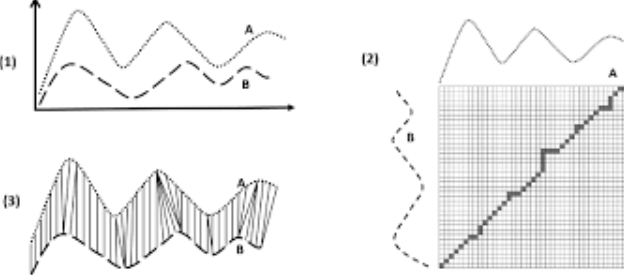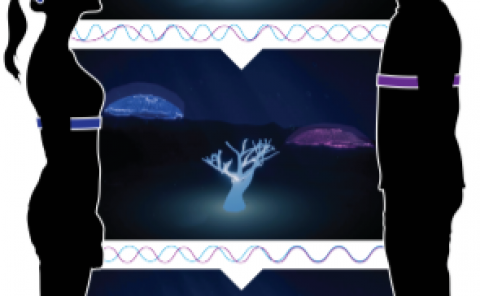An empirical evaluation of visuo-haptic feedback on physical reaching behaviors during 3D interaction in real and immersive virtual environments
PubDate: July 2016
Teams: Elham Ebrahimi;Sabarish Babu;Christopher Pagano;Sophie Jörg
Writers: Elham Ebrahimi;Sabarish Babu;Christopher Pagano;Sophie Jörg

Abstract
In an initial study, we characterized the properties of human reach motion in the presence or absence of visuo-haptic feedback in real and Immersive Virtual Environments (IVEs) or virtual reality within a participant’s maximum arm reach. Our goal is to understand how physical reaching actions to the perceived location of targets in the presence or absence of visuo-haptic feedback are different between real and virtual viewing conditions. Typically, participants reach to the perceived location of objects in the three-dimensional (3D) environment to perform selection and manipulation actions during 3D interaction in applications such as virtual assembly or rehabilitation. In these tasks, participants typically have distorted perceptual information in the IVE as compared to the real world, in part due to technological limitations such as minimal visual field of view, resolution, latency, and jitter. In an empirical evaluation, we asked the following questions: (i) how do the perceptual differences between virtual and real world affect our ability to accurately reach to the locations of 3D objects, and (ii) how do the motor responses of participants differ between the presence or absence of visual and haptic feedback? We examined factors such as velocity and distance of physical reaching behavior between the real world and IVE, both in the presence or absence of visuo-haptic information. The results suggest that physical reach responses vary systematically between real and virtual environments, especially in situations involving the presence or absence of visuo-haptic feedback. The implications of our study provide a methodological framework for the analysis of reaching motions for selection and manipulation with novel 3D interaction metaphors and to successfully characterize visuo-haptic versus non-visuo-haptic physical reaches in virtual and real-world situations. (PsycINFO Database Record (c) 2017 APA, all rights reserved)



